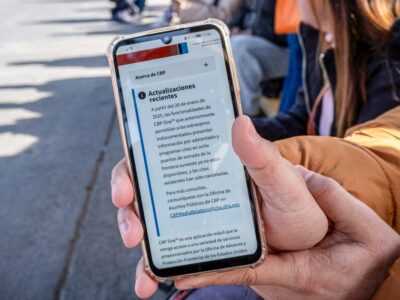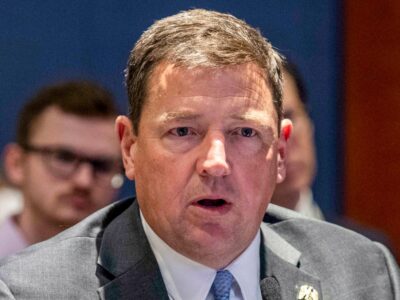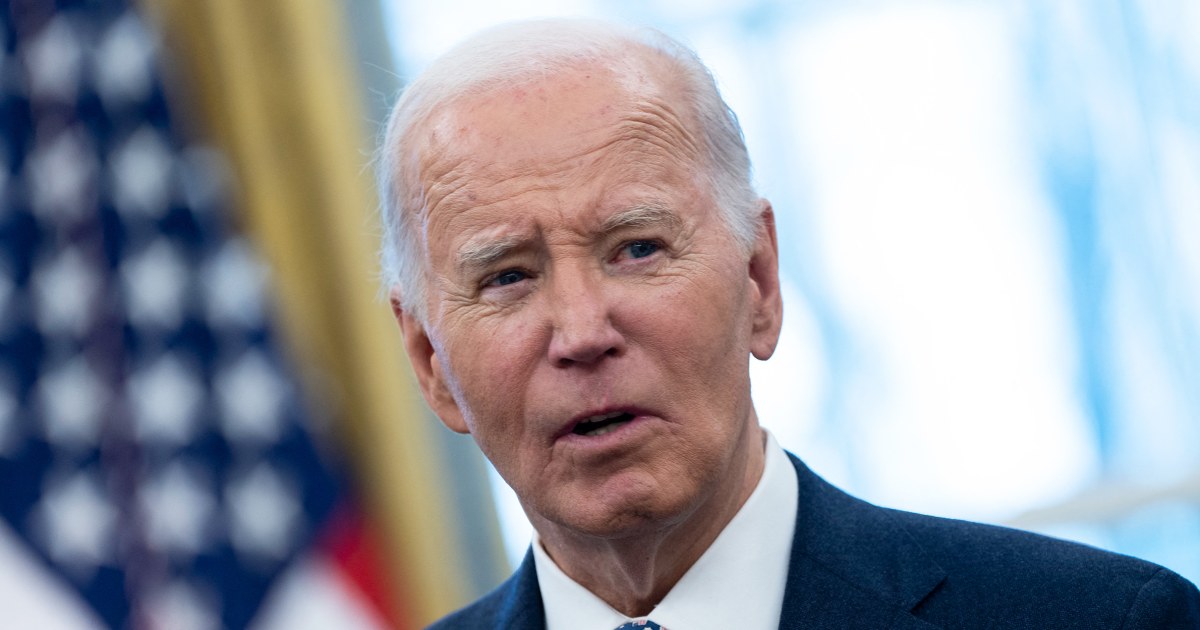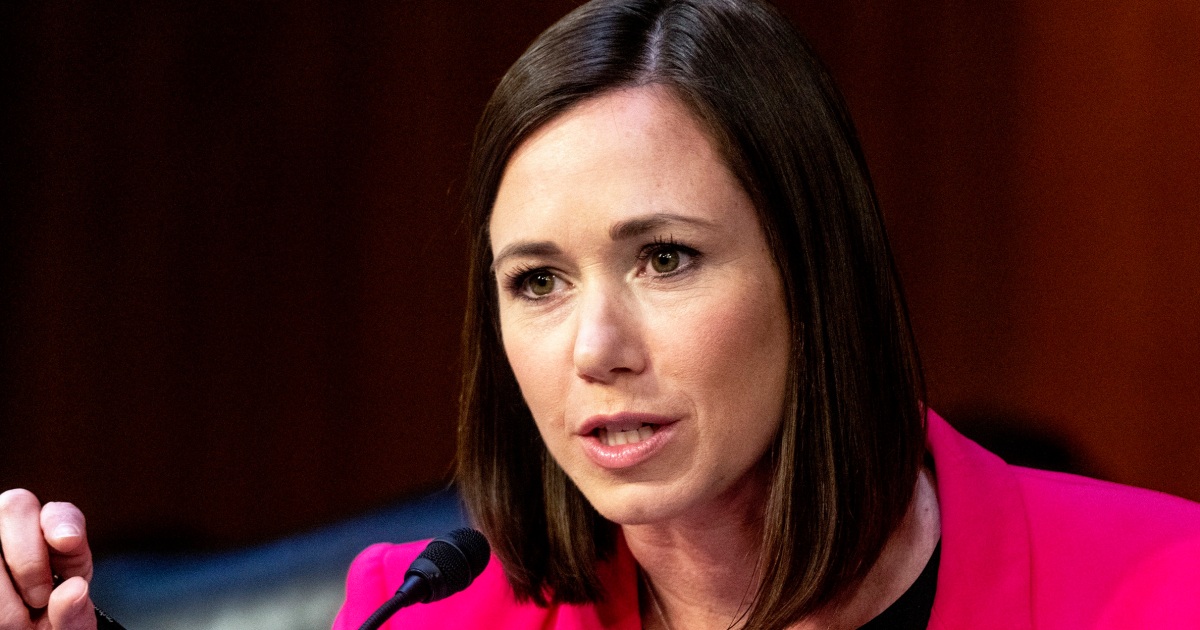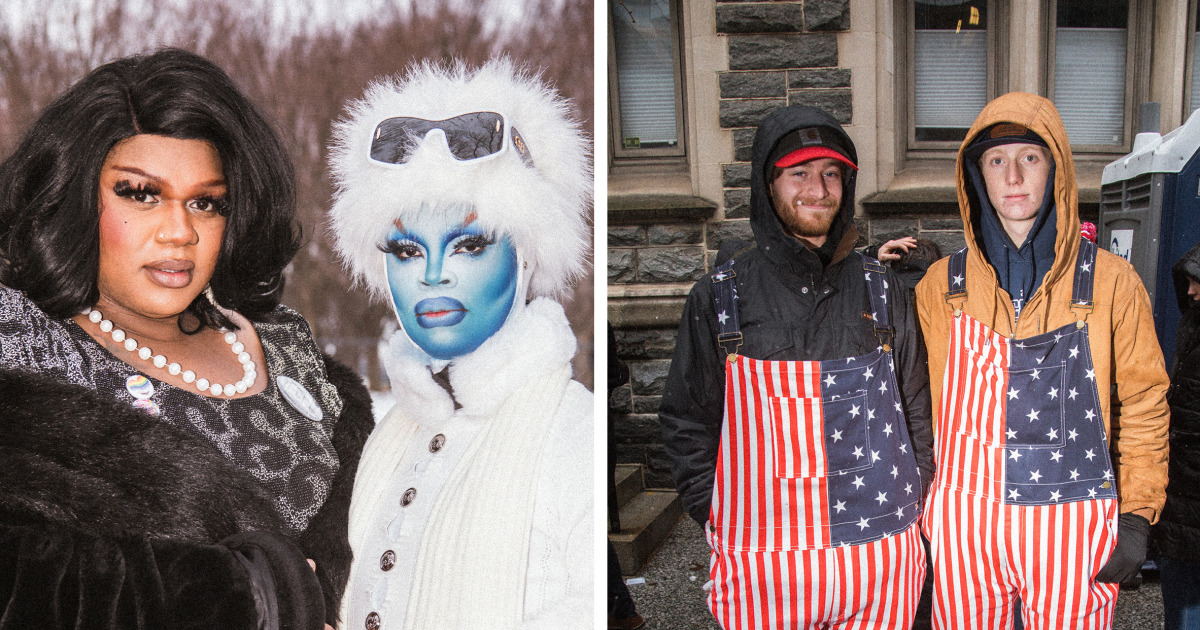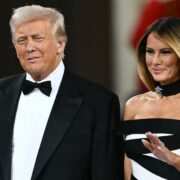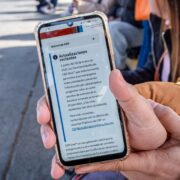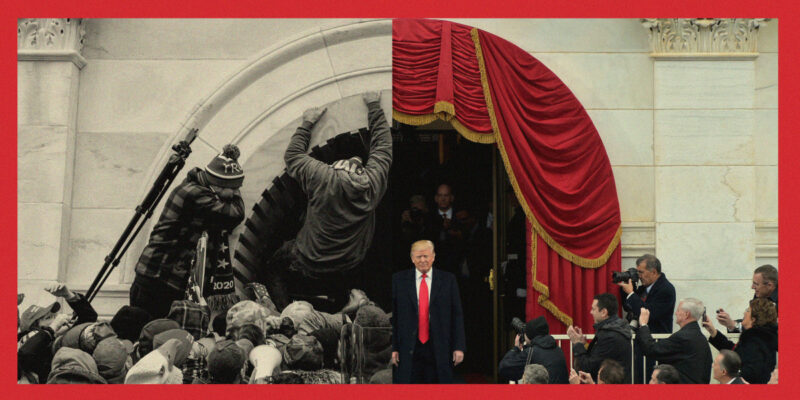
WASHINGTON — No matter what path President-elect Donald Trump takes to the Capitol rotunda before he says his oath on Monday, he’s guaranteed to pass sites of chaos, violence and destruction wrought by supporters who stormed the Capitol on Jan. 6, 2021.
If Trump comes through the Senate carriage entrance, as he did en route to the inauguration stage when he took his first oath of office eight years ago, he would have two paths to choose from. The first left, going up the stairs toward the Senate chamber, would trace the path where a mob chased a Capitol Police officer toward the floor of the Senate on Jan. 6.
Staying on the same level and taking the second left instead, he would pass the very first breach point, where the windows were smashed, alarms were blaring, and hundreds of rioters flooded into the building. Later, that’s where many rioters brawled with police trying to force the mob outside.
Another possible entry point — the one President Joe Biden took four years ago before his inauguration — would take Trump through the rotunda doors on the east side of the Capitol, the scene of forceful entries and violent clashes — and the spot where some of the Oath Keepers militia members convicted of seditious conspiracy breached the building.
If Trump were to enter through the House side of the Capitol, he would cross over the path of Jeffrey Smith, a D.C. Metropolitan Police officer who was repeatedly assaulted — including when he was struck in the head with a flying metal object on the West Front of the U.S. Capitol — and then died by suicide. (Smith was found to have died in the line of duty after a medical board determined the injury he sustained on Jan. 6 was “the sole and direct cause of his death.”)
Should Trump come in through the north doors on the Senate side, he would walk over the site of a major clash, where police and rioters battled with chemical agents.
And should he come in through the south doors on the House side, he’d come in through the exit where first responders took Ashli Babbitt as they tried to save the life of the Trump supporter, a participant in the mob who was shot when she tried to jump through a window into the House Speaker’s Lobby.
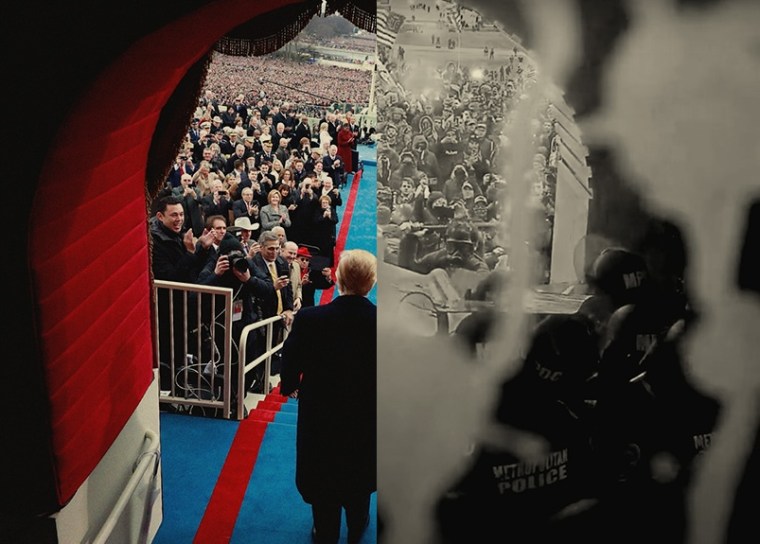
Getty Images; U.S. Attorney’s Office for the District of Columbia
Trump was originally supposed to speak from the inauguration platform, massive scaffolding that workers spend months constructing on the West Front of the Capitol. That was the scene of some of the most brutal violence on Jan. 6, 2021.
To get to the area, the usual site of presidential inaugurations before this one was moved indoors because of winter weather, Trump would have emerged through the lower west terrace doors, where officers spent hours in a battle with a mob — and where a Trump supporter named Rosanne Boyland was before she died. That’s the main entrance point to the inauguration platform; the spot where all the dignitaries enter; the location one federal judge dubbed “the entranceway for Lady Gaga” because of her performance at Joe Biden’s inauguration.
Now, with cold temperatures forcing a change in plans, Trump is set to be sworn in for his second term in the Capitol rotunda itself, under the dome where more assaults took place and where men in gas masks used poles bearing American flags as weapons against police.
The scenes of violence four years ago are inescapably intertwined with the place where Trump will formally retake office, though the president-elect has tried to downplay the brutality and previewed pardons to come for many of those involved.
“It played out on national news in front of everybody, and you had people like myself that stepped up, that told our stories, mine being well-documented with video and audio, and people didn’t care,” said former D.C. Metropolitan Police Department officer Michael Fanone. “It didn’t resonate.”
Fanone is not planning to watch the inauguration festivities on Monday, instead preferring to train his focus on his beloved Baltimore Ravens’ playoff game over the weekend before tuning out on Jan. 20. But he had some business to attend to the week before: driving into Washington on Friday to appear at a sentencing hearing for a Jan. 6 riot participant for the sixth time, imploring the judge to punish another one of his assailants.
As Fanone spoke to NBC News outside the courthouse, U.S. District Judge Tanya Chutkan passed nearby with two bodyguards, one on each side — a persistent reminder of the security threats facing people involved in investigating, prosecuting or hearing cases related to the Capitol riot. Before it was dismissed following Trump’s election in 2024, Chutkan was set to hear the federal case against the former president on election interference charges.
Chutkan, like Fanone’s mother, was “swatted” last year, with someone calling in a false report to trigger a police response to their homes.
“It’s a shame that that’s what it’s come to,” said Fanone, who voted for Trump in 2016. “But I guess the silver lining there is she’s in a position to be afforded security. I’m not. Lots of Americans are not.”
To get to the place where presidential oaths and inaugural addresses traditionally take place when cold weather hasn’t forced them indoors, incoming presidents walk over the spot in the lower west tunnel where members of a pro-Trump mob ripped Fanone away from the police line and assaulted him. The double golden doors nearby mark where officers were attacked with implements including fire extinguishers, baseball bats, hockey sticks, pepper and bear spray and flagpoles. An explosive device even went off inside the tunnel.
Anyone can watch some of the worst moments unfold in footage from Fanone’s body-worn camera, which, unlike Fanone’s police radio and badge, was not ripped off during the riot.
This time around, outdoor preparations for the inauguration have halted and signage was already starting to come down by Friday afternoon, as inside the Capitol rotunda, workers were beginning to run the backup plan for an indoor swearing-in.
There are no official permanent markers of the riot in the Capitol. The windows were repaired. The walls were repainted. Capitol doors, including those at the lower west tunnel, got some security enhancements.
Congress did pass a law that included a provision for a plaque honoring officers who responded to the attack, but the deadline for installation has long since passed without action. House Speaker Mike Johnson told reporters ahead of the inauguration that it wasn’t on his mind.
“You know, I haven’t even looked at that. I need to check on it,” Johnson said.
But other marks and memories of the day remain — for those who want to see them.


